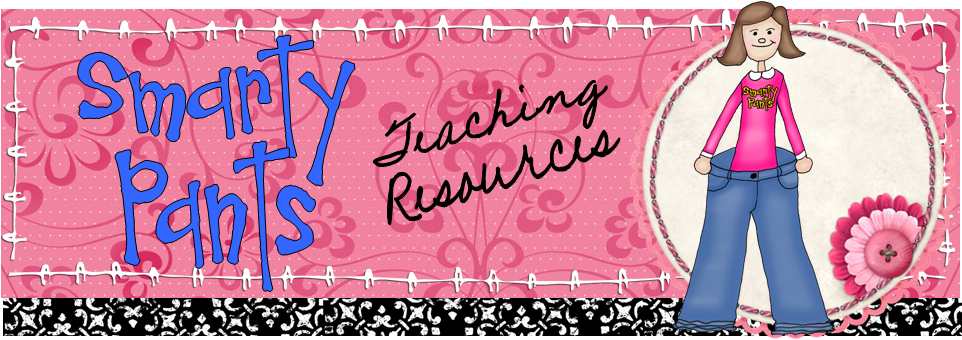- You're in the grocery store and get an idea to make a favorite recipe, but you can't remember all of the ingredients.
- You are trying to remember what the hours are for your allergist to see if you can get an allergy shot today.
- You need to call someone who gave you a business card, but you're not sure where the card is.
- At Wal-Mart shopping for something else, you saw several great toys to get your kids for Christmas. Unfortunately, when it's time to plan your Christmas list, you can't remember what they were.
- You have a hundred little notes you've written yourself to remember your library card number, various passwords, the combination to your gym locker, and miscellaneous ideas you've had.
- You have trouble remembering movies you'd like to see or books you'd like to read.
- You wanted to use a coupon at Archivers (you know, your favorite scrapbook store), but you forgot to bring them with you.
- The doctor's office, church, and your in-laws' house all have wi-fi, but you can't remember any of the passwords.
Sadly, all of these memory-impairment episodes are examples from my actual life. Good thing I discovered Evernote, because it has solved every one of these issues and more! First thing's first. Check out this quick video that explains what Evernote is.
Are you starting to see the possibilities? Whenever I receive a business card, I take a photo of it with my phone and add it to Evernote. When I discover a book or movie I'm interested in, I can clip the info from the web, take a photo of a poster or cover with my phone, or just type in the title. As I've walked through stores, watched T.V. commercials, and browsed the web this holiday season, I've collected a Christmas list for my kids. I've used my camera phone to save several of my favorite recipes into Evernote so that I always have them handy at the grocery store. All of the wi-fi passwords for the places I frequent are saved in Evernote, just in case I ever need them again. At the Georgia Educational Technology Conference, I took all of my session notes with my Livescribe pen and uploaded the pencasts to Evernote.
All of this information is text searchable, including anything from a photo note, and I can access it from my home computer, my laptop, my work computer, my iPhone, and my iPad. Everything syncs between them automatically. When I need to know the hours for my allergist, I can search the word allergy, and it pulls up the card I photographed showing the hours. You can even organize your notes into custom notebooks, so my notes from the conference are in one notebook, while all of the wi-fi passwords are in another. Are you thinking about the possibilities?
Do you use Evernote? What do you use it for? How has it saved the day for you in the past?









